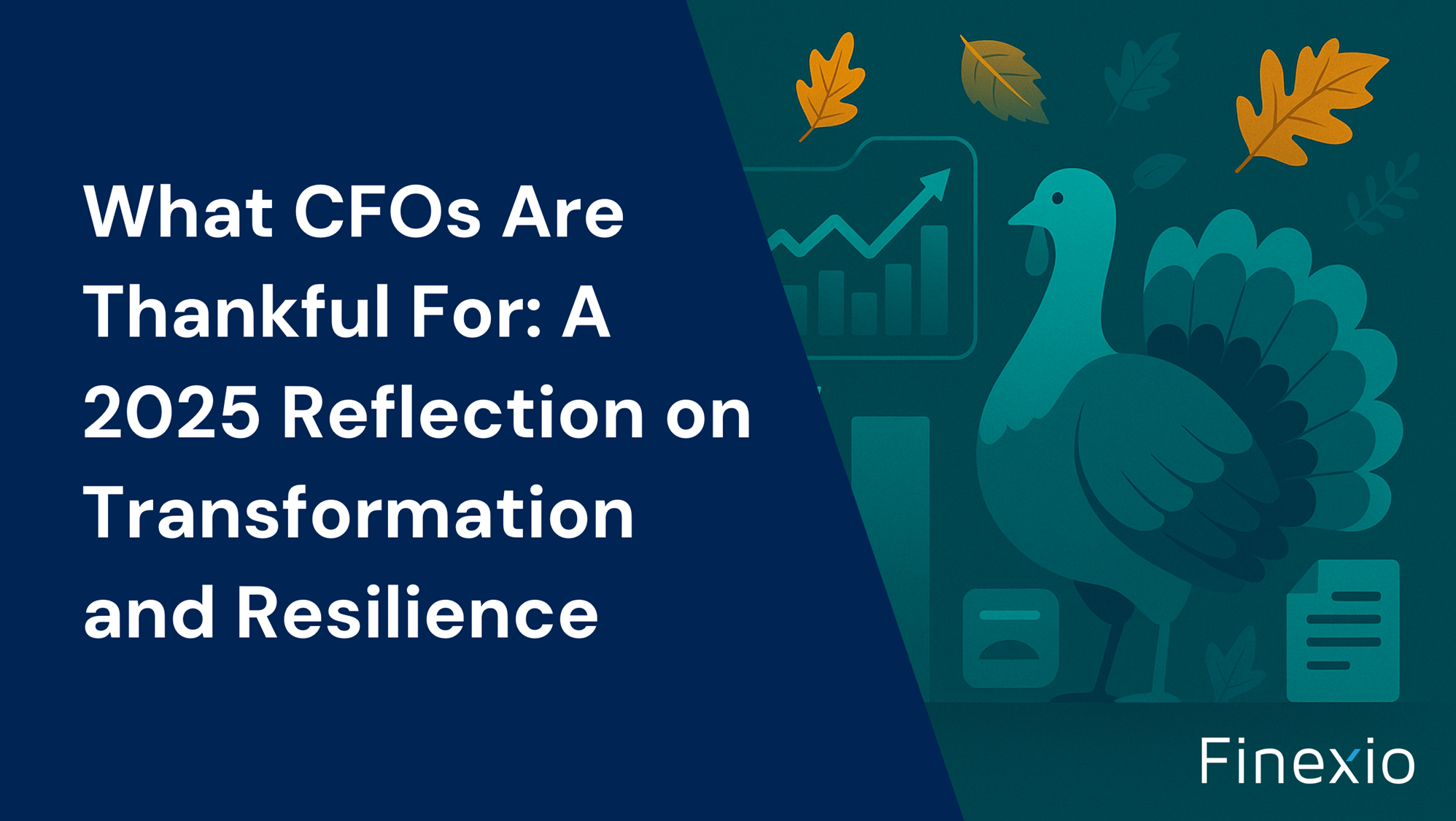Transforming Business Payments: An Interview with Finexio CEO


In this recent interview with PYMNTS.com CEO, Karen Webster, Finexio’s Founder and CEO, Ernest Rolfson shared his insights on the ways businesses are handling their B2B transactions, the future of payments, the challenges of change management, and the importance of embedding Payments as a Service within software.
The Importance of Embedding Payments as a Service
Rolfson emphasized the significance of embedding Payments as a Service within software, drawing parallels with the success of this approach in credit card processing at the merchant level. "By integrating payments directly into software platforms, businesses can streamline their operations, reduce costs, and improve customer experience," Rolfson explained. This approach is at the heart of Finexio's business model, which aims to simplify the payments process for businesses of all sizes.
But what does this mean in practice? Essentially, it involves incorporating payment processing capabilities directly into the software platforms that businesses use on a daily basis. This could be anything from accounting software to customer relationship management (CRM) systems. By doing so, businesses can automate their payment processes, reducing the time and effort required to manage transactions. This not only improves efficiency but also reduces the risk of errors that can occur with manual processes.
The Rising Concern of Payment Fraud
With the increasing digitization of financial transactions, payment fraud has become a pressing concern for businesses. Rolfson highlighted the prevalence of check fraud and ACH fraud, and the role of AI-assisted services in minimizing these risks. "Finexio's platform uses advanced AI algorithms to detect and prevent fraudulent transactions, providing businesses with an additional layer of security," Rolfson stated.
In the digital age, fraudsters have become increasingly sophisticated, using a range of tactics to deceive businesses and steal funds. These can include everything from phishing attacks to invoice fraud. However, by using AI and machine learning technologies, Finexio is able to analyze patterns of behavior and identify suspicious activity. This allows businesses to take preventative action and protect their funds.
The Challenges of Change Management
Adopting new processes and technologies can be a daunting task for any organization. Rolfson acknowledged the need for education and training in this regard, emphasizing the effectiveness of a hands-on approach."By providing case studies and examples, Finexio helps businesses understand the benefits of their platform and guides them through the transition process," Rolfson elaborated.
Change management is a critical aspect of any technology adoption process. It involves not only implementing new systems and processes but also managing the human side of change. This can include overcoming resistance to change, training staff on new systems, and ensuring that everyone understands the benefits of the new technology. By providing clear, practical guidance, Finexio is able to support businesses through this process and ensure a smooth transition.
Case Study
Texas A&M University chose Finexio for its robust fraud prevention measures and the ability to shift liability away from the university. "This case study illustrates the practical benefits of Finexio's platform and its potential to transform the way organizations handle their payments," Rolfson pointed out.
The university was facing challenges with its existing payment processes, including high costs and the risk of fraud. By adopting Finexio's platform, the university can now automate its payment processes, reduce costs, and improve security. This will not only result in significant cost savings but also free up staff time to focus on other important tasks.
The Future of Electronic Payments
Despite the clear benefits of electronic payments, there are still barriers to their widespread adoption. Rolfson discussed these challenges, noting the role of generational shifts in accelerating the trend toward electronic payments. "As more businesses recognize the advantages of digital transactions, the adoption of electronic payments is expected to increase," Rolfson predicted.
One of the key barriers to adoption is the lack of understanding and familiarity with digital payment methods. Many businesses are still accustomed to traditional payment methods, such as checks and cash, and may be hesitant to adopt new technologies. However, as younger generations enter the workforce and become decision-makers in businesses, this is likely to change. These individuals are typically more comfortable with digital technologies and are likely to drive the adoption of electronic payments.
Conclusion
The future of payments is digital, and companies like Finexio are leading the way. By embedding Payments as a Service within software, leveraging AI to prevent fraud, and guiding businesses through the change management process, Finexio is transforming the payments landscape. As more businesses embrace these innovations, we can expect a future where payments are faster, safer, and more efficient. The journey towards this future may be challenging, but with the right guidance and support, businesses can navigate this transition successfully.
To learn more about Finexio, click here to reach out to one of our payments experts and discover how your business could be leveraging the benefits of AP Payments as a Service.
Get the free Newsletter
Get the latest information on all things related to B2B and electronic payments delivered straight to your inbox.




